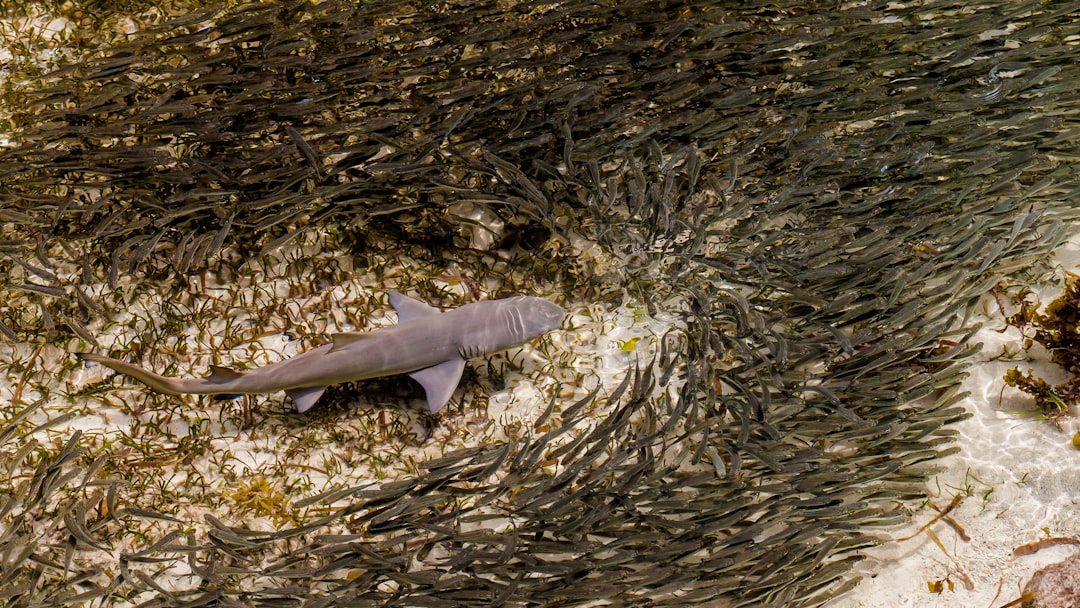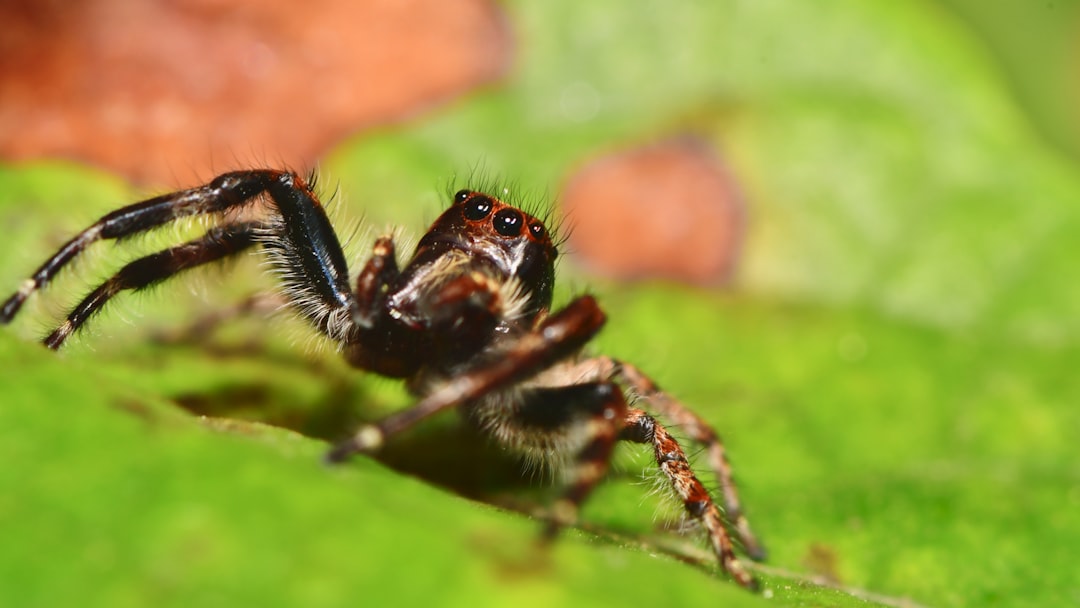What is it about?
Ants are sometimes loved and sometimes nuisances. Yet, they are crucial organisms in our natural environments. Some 15000 species are known, most of which live either on the trees or under the ground. Some may eat everything, from seeds to dead insects, to the left overs of our morning breakfast. Others, in turn, can only survive by hunting their special meal. Among the tiger ants (genus Neoponera), there is a particular group of polished jet-black species which only feed on termites. They were the focus of our study. They live on the wet forests of Central and South America, and are probably amongst the main enemies of those abundant soil tunnelers. Before our study only three species were known. We increased that number to five. We named one of them after the French, metal music band Gojira (Neoponera gojira), and the other after Reserva Mashpi (Neoponera mashpi), an Ecuadorian cloud forest reserve. We thus acknowledge the people both of Mashpi and Gojira, for their altruistic endeavors favoring the protection of nature. Among other results, we suggest that the region between north-western South America and southern Central America could be a hybridization zone. This is, a region where related species mate, and with enough time and under the forces of evolution, new forms emerge in the tree of life. Finally, we provide tools which will aid both scientists and nature enthusiasts in the identification of these little, though fierce predators.
Featured Image

Photo by Caroline Quiering on Unsplash
Why is it important?
Neoponera termite raiders are a small and commonly found group of ants. Through our study we demonstrate that even "small brothers" have rich stories to tell. Although we described two new species we think more await discovery. We showed that morphology-based taxonomy is still escential for unveiling nature's secrets.
Perspectives
Although we tried to make this revision as complete as possible, much work is ahead and the discovery landscape is just opening. For example, we know very little about the ecological and biological strategies of these marvels who can devour “tons” of termites in relatively small time periods. How and when these strategies evolved? Can we use these insects as models for monitoring the health of forests, especially in the context of a rapidly-changing, human-driven world? We are delighted to bench out our investigation to the community, and hope many more related studies be published in the future.
Adrian Troya
Escuela Politecnica Nacional
Read the Original
This page is a summary of: Neoponera Emery, 1901 (Hymenoptera: Formicidae) revisited: 1. The N. laevigata species-group, Insect Systematics & Evolution, July 2022, Brill,
DOI: 10.1163/1876312x-bja10034.
You can read the full text:
Resources
Contributors
The following have contributed to this page










